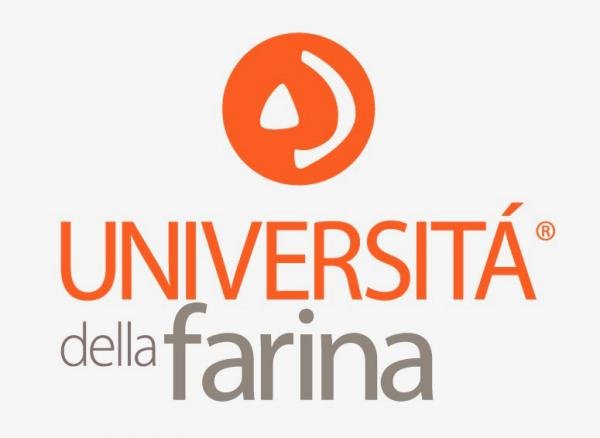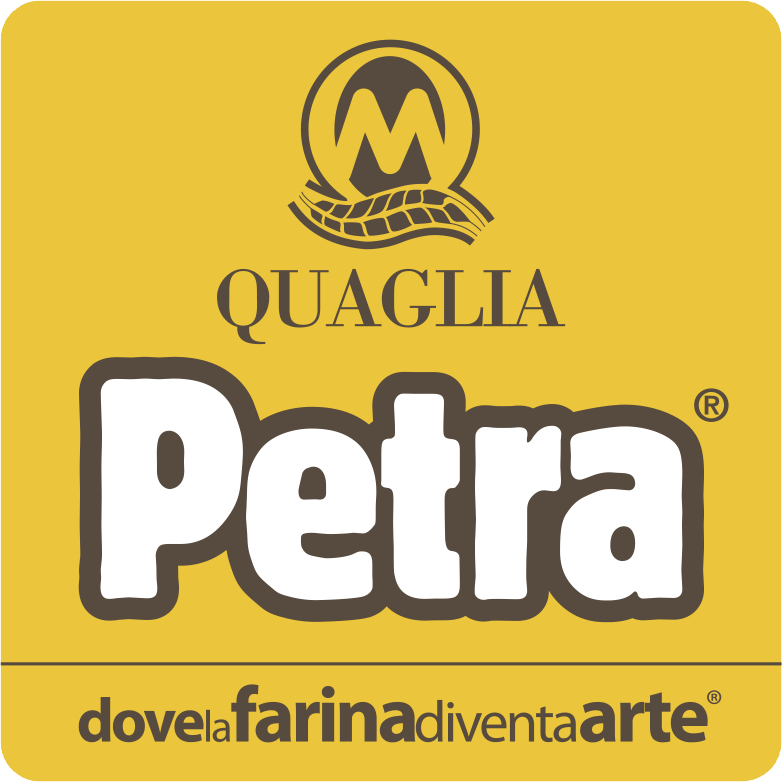"When you enter a pizzeria, they’ll serve you a drink and a snack, and then finally pizza. Served with the pride of someone making hundreds of them (sometimes on the same night) and every time shaping and seasoning the pizza while capturing the mood of the clients eating it in the dining room while it is still steaming...

These pizzas are born from laborious kneading, the result of flour and yeast above all. With these two ingredients, quintessentially alive, every pizzaiolo has an almost human relationship.
So I wonder why in menus as well as when presenting the pizza, almost nobody ever mentions the flour and the yeast that was used, and why the pizzaiolo has chosen that specific flour or yeast for the dish that best represents him. Saying that the flour is “doppio zero” or “type 1” or “semi whole wheat” (the latter term having no real technical or legal meaning) is of little use for the customer and doesn’t answer the questions.
It’s the pizzaiolo-paradox: he’s proud of his work, and conveys the value of his pizza by pointing out the ingredients for the topping (like tomato and mozzarella, and even kiwi and the surprising pineapple).
But when a pizzaiolo speaks of the tradition from which his pizza originated, in those family histories the name of the wheat, of the flour, of the yeast used by his ancestors over the years to give an identity to their product, never appears.
Is it perhaps a secret to be jealously kept? Or perhaps none of these people knows why they used one type of flour and not the other? In my opinion, pizzaioli have little to do with this. Flour itself has gradually lost its appeal while consumers left poorer food after the war.
Today, however, the children and grandchildren of those consumers have a new interest in everyday ingredients that are part of their diet, as well as a sense of aesthetics that leads them to prefer dishes that are not just good, but beautiful too.
So it is impossible to think that in a contemporary pizzeria, of a pizza that weighs around 350 grams when served, one gives more importance to 20 grams of capers, and says nothing of the 200 grams of flour. It is necessary to create an Università della Farina [University of flour] to be able to speak to clients of wheat with the competence of a farmer, and of flour with that of a miller".
Piero Gabrieli
source: https://www.identitagolose.it/news/?id=149
Leggi il testo integrale nel link FONTE (qui sopra)
BREAD RELIGION
Iscriviti e ricevi le novità nella tua email.






